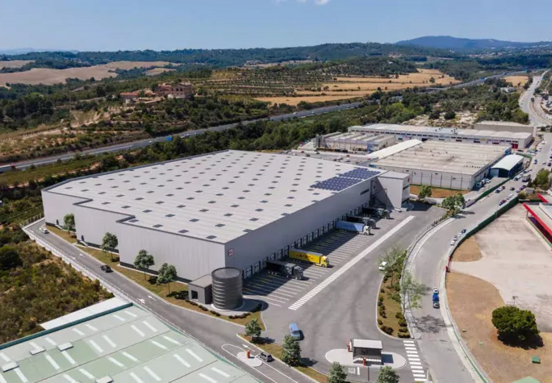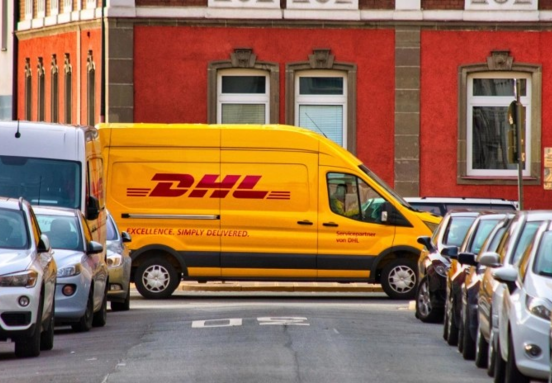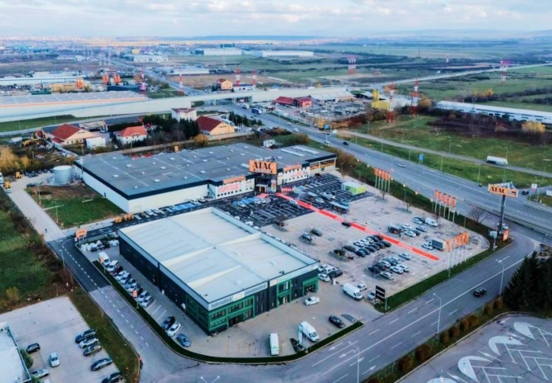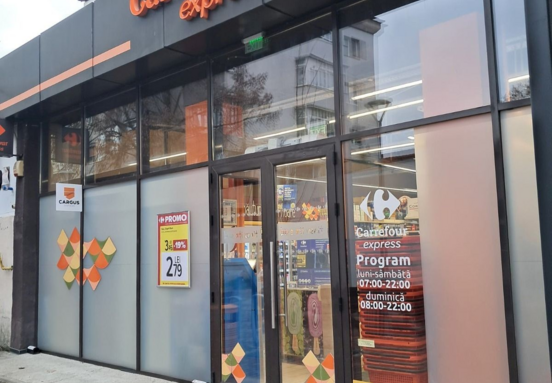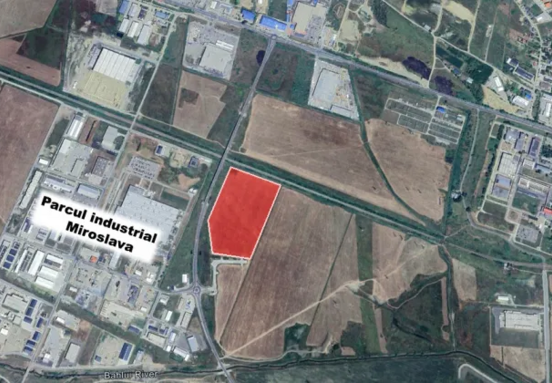The pandemic generated by the COVID19 virus has caused many productions, logistics, HORECA, or office facilities to close for a while. In this context, it is important to know that in a building without occupants or only with security personnel, the automatic protection rules in force must be observed while it must be validated that the response protocols match the new occupancy rate. For example, the maintenance of the building and the fire detection monitoring system and automatic extinguishing systems can be normally planned.
In this context, below we present 10 minimum measures that must be taken to ensure that the systems are operational to detect and extinguish a fire, but also to avoid the automatic accidental start of the sprinkler system, which will generate subsequent floods.
1. Check the correct operation of the air compressors in the ACS air-water system and perform periodic SILSI tests with authorized personnel.
2. Make sure all valves are open, as they should normally be in the open position.
3. Fill the diesel tanks that supply the fire engines and the generators that supply depend on the fire pumps.
4. Confirm that the fire detection system has no faults and communicates properly with the remote monitoring station (where this element is provided in the installation configuration).
5. Ensure that problems are closely monitored and that staff with the appropriate competencies and authorizations are sent, as appropriate. Many buildings rely on the in-house technical staff for the maintenance of fire detection systems, staff who may not be on-site during the installation.
6. If existing fire detection systems do not have surveillance conditions/issues constantly monitored at the local level, consider providing temporary means of remote monitoring. If the fire alarm system sends an alarm indicating a problem with the self-starting sprinkler system, a technician must intervene to ensure that the problem is resolved. Also, a problem with the fire detection system could indicate a lack of power supply if the building management wants to turn off the power supply to the building to save costs on the electricity bill.
7. In the event of winter, determine which air-conditioned units or areas you intend to keep powered and the potential impact on sprinkler and drenching systems if the temperature drops below the operating level of a device or if it is cold enough and can cause freezing. extinguishing system.
8. Do not turn off the supply circuits that serve air compressors, fire pumps, flares, hatches, or other fire protection equipment.
9. Monitor the pressure in the installations as well as the existence of hydrant valves and fire hoses, but also that of safety lighting. In winter, monitor the temperature in all areas where there are fire alarm control components (power supplies, alarm panels, etc.) to provide automatic protection by sprinklers. Make sure that the temperature sensors send the appropriate signals to the remote monitoring station and make sure that the maintenance personnel understands the importance of responding immediately to correct the low heat conditions or improper pressures of the installation.
10. Finally, take advantage of the fact that you have unoccupied buildings or areas to carry out maintenance or repair work, such as monitoring the water leaks of the fire system, which would otherwise be difficult due to the occupation or routine operation of the building. While the buildings are empty, it can also be a good time to carry out quarterly, half-yearly, or annual testing and maintenance of fire protection systems.
Author: Lucian Anghel, Fondator și CEO, Timepal Romania și Facilities Management Services

